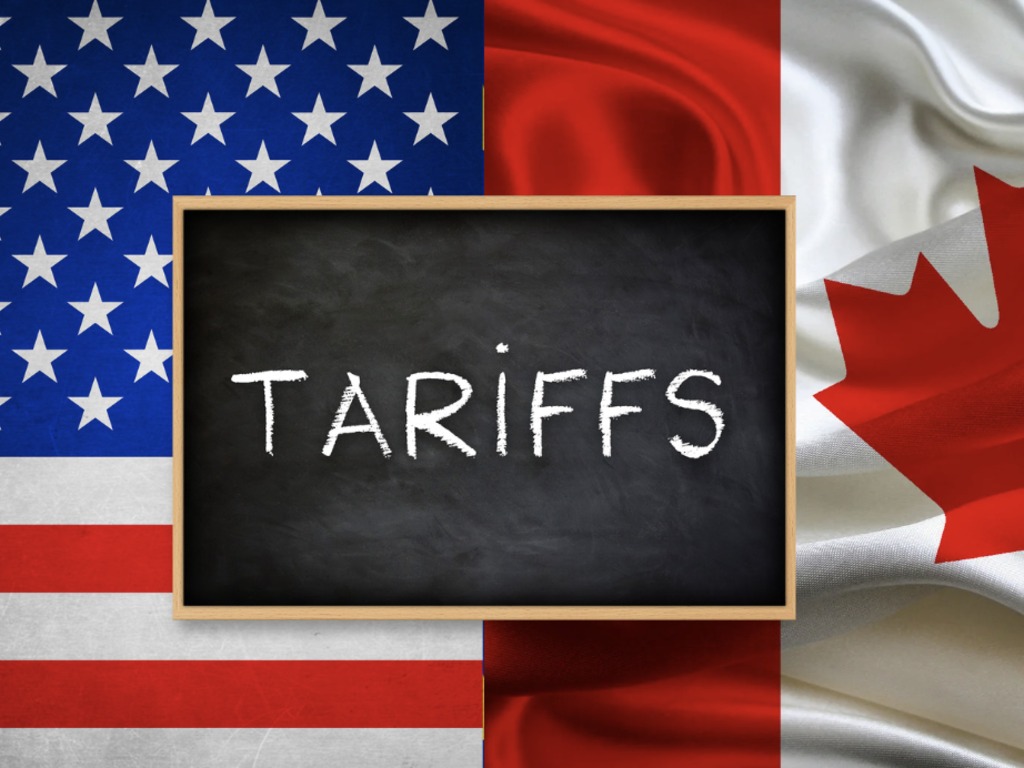With discussions of potential tariff policies under a second Trump administration, industries reliant on global supply chains are preparing for possible disruptions—including music production and film studios. From higher equipment costs to pricier distribution and travel, tariffs could reshape how creatives and studios operate. Here’s a closer look at three key ways tariffs could impact music and film production, along with strategies to minimize risks
Rising Equipment Costs for Studios
Music producers and filmmakers rely on high-end equipment, much of which is imported. Cameras, audio interfaces, synthesizers, lighting rigs, and even digital workstations (DAWs) often come from countries like China and Germany. If tariffs increase, studios may face higher costs for essential gear, making high-quality production more expensive.
What to Do:
✅ Lock in Equipment Purchases Now – If tariffs seem likely, buying gear in advance at current prices can save money.
✅ Explore Domestic & Alternative Suppliers – Look for U.S.-made audio and film equipment or consider used gear to offset price hikes.
✅ Leverage Cloud-Based & Digital Solutions – Cloud-based music production software and virtual instrument libraries can reduce reliance on physical gear.
Increased Costs for International Distribution & Merchandising
For music labels and film studios, international distribution is crucial for revenue. If tariffs increase on exports, streaming platforms, physical media (like vinyl and Blu-rays), and music merch (T-shirts, posters, and collectibles) could all become more expensive to produce and ship. Countries affected by U.S. tariffs may also retaliate, making it harder for American artists and studios to expand globally.
What to Do:
✅ Shift Merch Production to Non-Tariffed Regions – Consider working with manufacturers in countries unaffected by tariffs.
✅ Prioritize Digital Distribution – Streaming services, digital downloads, and NFTs can reduce dependency on physical sales.
✅ Strengthen International Partnerships – Co-productions with non-U.S. studios or labels could help bypass tariff-related costs.

Touring & Location Shoots Could Get Pricier
For musicians and filmmakers, travel is essential—whether for concert tours, film festivals, or on-location shoots. If tariffs affect aircraft parts or fuel prices, travel costs could rise. Additionally, importing set materials, costumes, and stage equipment might become more expensive, impacting film budgets and live performances.
What to Do:
✅ Optimize Touring & Shooting Schedules – Plan efficient routes and consolidate locations to reduce costs.
✅ Consider Virtual or Hybrid Events – Live-streamed concerts and digital fan experiences can help offset travel expenses.
✅ Look for Domestic Filming Incentives – States like Georgia, New Mexico, and Louisiana offer tax breaks for film productions, helping to balance increased costs elsewhere.
Final Thoughts
While tariffs may pose challenges, the music and film industries have always adapted to change. By securing equipment early, focusing on digital-first strategies, and optimizing travel and production planning, studios and artists can continue thriving despite economic shifts.
Would you like a version with even more focus on independent creators, or does this cover what you had in mind?
Need Dovix Services?








